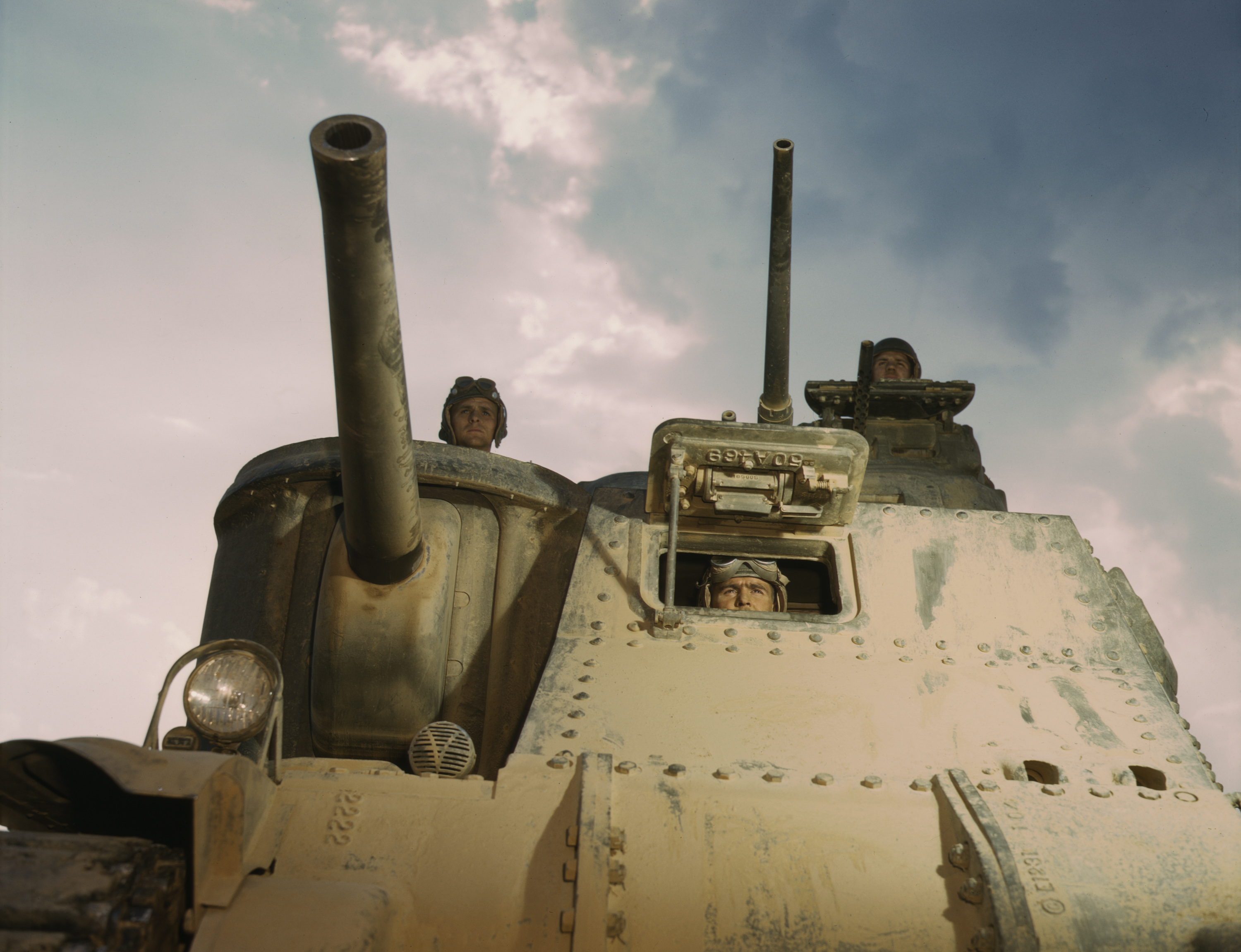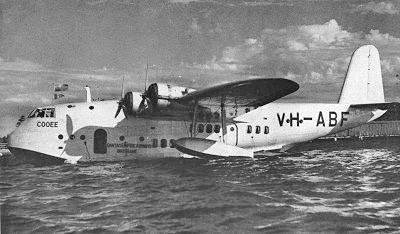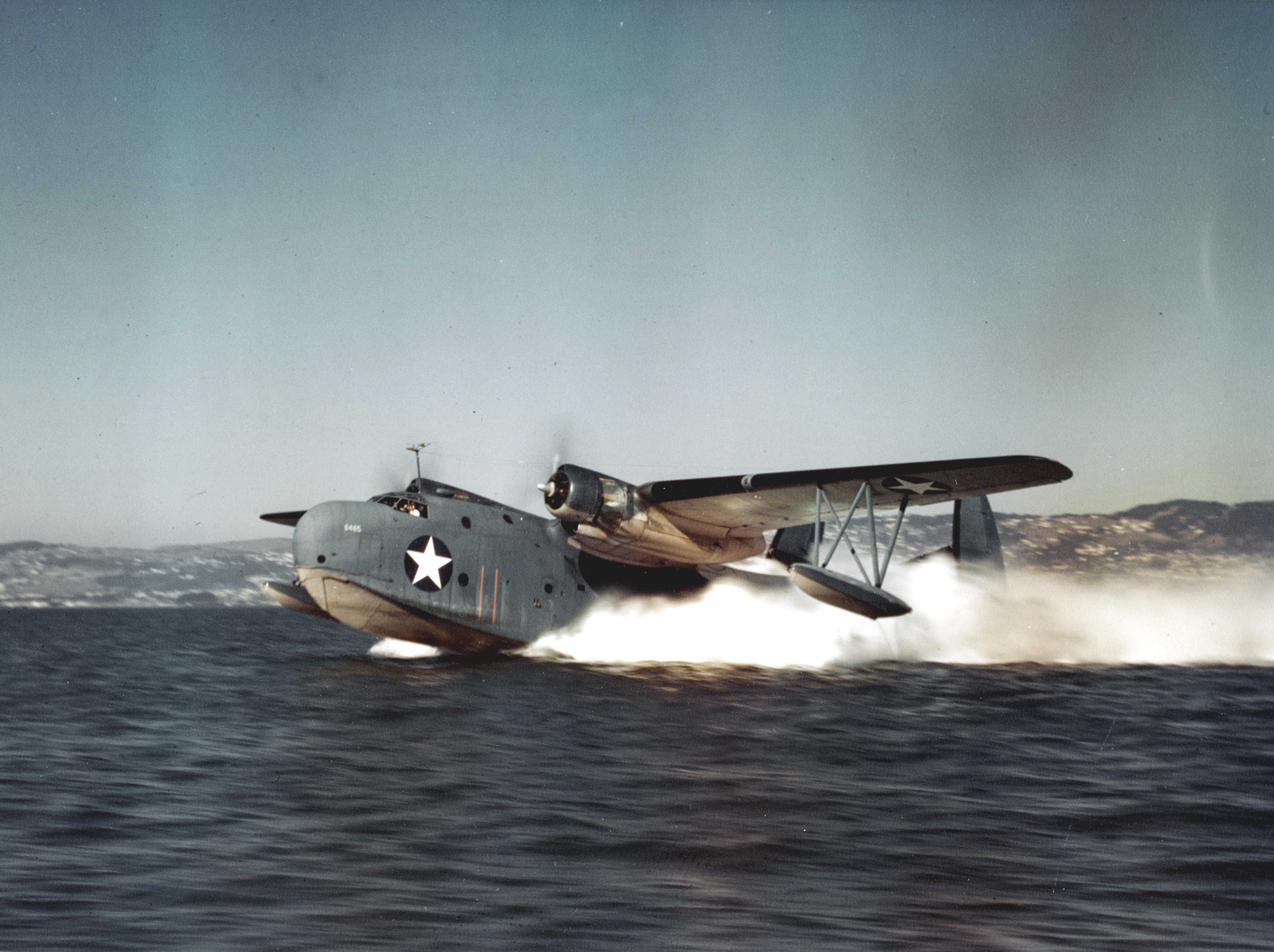|
Latécoère 23
The Latécoère 23 was a development of the Latécoère 21 flying boat, a twin-engined parasol winged aircraft. Only one was built, flying and crashing in late 1927. The similar Latécoère 32 was its immediate successor. Design and development The Latécoère 23 was a development of the Latécoère 21, the latter Latécoère's first flying boat to leave the water. It kept the same general arrangement, a parasol winged machine with a centrally mounted push-pull pair of engines and sponsons for stability on the water. Its wing, like that of the earlier aircraft was very rectangular and of mixed wood and metal construction. The span was increased by 27% and the wing area by about the same. The sharply cropped wingtips of the Latécoère 21 were replaced by bevelled ends of decreasing thickness. The Latécoère 23 carried full span ailerons in three sections per wing, fitted with trim tabs. The wings were not attached directly to the fuselage, but to the sponsons: on each sid ... [...More Info...] [...Related Items...] OR: [Wikipedia] [Google] [Baidu] |
WikiProject Aircraft
A WikiProject, or Wikiproject, is an affinity group for contributors with shared goals within the Wikimedia movement. WikiProjects are prevalent within the largest wiki, Wikipedia, and exist to varying degrees within Wikimedia project, sibling projects such as Wiktionary, Wikiquote, Wikidata, and Wikisource. They also exist in different languages, and translation of articles is a form of their collaboration. During the COVID-19 pandemic, CBS News noted the role of Wikipedia's WikiProject Medicine in maintaining the accuracy of articles related to the disease. Another WikiProject that has drawn attention is WikiProject Women Scientists, which was profiled by ''Smithsonian Magazine, Smithsonian'' for its efforts to improve coverage of women scientists which the profile noted had "helped increase the number of female scientists on Wikipedia from around 1,600 to over 5,000". On Wikipedia Some Wikipedia WikiProjects are substantial enough to engage in cooperative activities with outsi ... [...More Info...] [...Related Items...] OR: [Wikipedia] [Google] [Baidu] |
Sponsons
Sponsons are projections extending from the sides of land vehicles, aircraft or watercraft to provide protection, stability, storage locations, mounting points for weapons or other devices, or equipment housing. Watercraft On watercraft, a sponson is a projection that extends outward (usually from the hull, but sometimes other parts of the vessel) to improve stability while floating, or to act as a securing point for other equipment. Vessels with unstable body shapes or unevenly distributed weight are likely to feature sponsons to help prevent capsizing or other instabilities. On many vessels, these projections from the main body of the vessel can be attached and removed quickly and fairly easily. Canoes and kayaks sometimes feature sponson attachments as well, for stability in rough waters. These differ from outriggers, which extend a significant distance away from the body of the craft, and are employed on craft designed for open waters. A sponson's terminus is close to the cra ... [...More Info...] [...Related Items...] OR: [Wikipedia] [Google] [Baidu] |
Flying Boats
A flying boat is a type of seaplane with a hull (watercraft), hull, allowing it to land on water. It differs from a floatplane in having a fuselage that is purpose-designed for flotation, while floatplanes rely on fuselage-mounted floats for buoyancy. Though a flying boat’s fuselage provides buoyancy, it may also utilize under-wing Float (nautical), floats or wing-like hull projections (called sponsons) for additional stability. Ascending into common use during the First World War, flying boats rapidly grew in both scale and capability during the interwar period, during which time numerous operators found commercial success with the type. Flying boats were some of the largest aircraft of the first half of the 20th century, exceeded in size only by bombers developed during the Second World War. Their advantage lay in using water instead of expensive land-based runways, making them the basis for international airlines in the interwar period. They were also commonly used as mar ... [...More Info...] [...Related Items...] OR: [Wikipedia] [Google] [Baidu] |
1920s French Civil Aircraft
Nineteen or 19 may refer to: * 19 (number) * One of the years 19 BC, AD 19, 1919, 2019 Films * ''19'' (film), a 2001 Japanese film * ''Nineteen'' (1987 film), a 1987 science fiction film * ''19-Nineteen'', a 2009 South Korean film * ''Diciannove'', a 2024 Italian drama film informally referred to as "Nineteen" in some sources Science * Potassium, an alkali metal * 19 Fortuna, an asteroid Music * 19 (band), a Japanese pop music duo Albums * ''19'' (Adele album), 2008 * ''19'', a 2003 album by Alsou * ''19'', a 2006 album by Evan Yo * ''19'', a 2018 album by MHD * ''19'', one half of the double album ''63/19'' by Kool A.D. * ''Number Nineteen'', a 1971 album by American jazz pianist Mal Waldron * ''XIX'' (EP), a 2019 EP by 1the9 Songs * "19" (song), a 1985 song by British musician Paul Hardcastle * "Stone in Focus", officially "#19", a composition by Aphex Twin * "Nineteen", a song from the 1992 album ''Refugee'' by Bad4Good * "Nineteen", a song from the 2001 al ... [...More Info...] [...Related Items...] OR: [Wikipedia] [Google] [Baidu] |
Farman 12We
The Farman 12We was a French W12 engine, 12-cylinder broad arrow configuration aircraft engine that was designed and built by Farman Aviation Works, Farman in the early 1920s. Power output was 370 kilowatts (500 hp). Design and development The Farman company developed and produced aero engines from 1915; the 12We was the company's most produced engine. Following the Cylinder (engine), cylinder layout of the Napier Lion this engine featured three Cylinder block, banks of four cylinders and employed water cooling.Gunston 1989, p. 56. The 12We was first flown in a Farman F.60 Goliath in October 1922 and later set a distance record powering a Farman F.60 Goliath#Variants, Farman F.62 in 1924, the engine ran continuously for 38 hours. Variants ;12Wers: with 0.5:1 reduction gear and KP24 supercharger. Applications Engines on display Preserved Farman 12We engines are on static display at the following museums: *Deutsches Museum Flugwerft Schleissheim *Polish Aviation Mu ... [...More Info...] [...Related Items...] OR: [Wikipedia] [Google] [Baidu] |
Farman 12 We
Farman Aviation Works () was a French aircraft company founded and run by the brothers Richard, Henri, and Maurice Farman. They designed and constructed aircraft and engines from 1908 until 1936; during the French nationalization and rationalization of its aeronautical industry, Farman's assets were assigned to the ''Société Nationale de Constructions Aéronautiques du Centre'' (SNCAC). In 1941 the Farman brothers reestablished the firm as the "''Société Anonyme des Usines Farman''" (SAUF), but only three years later it was absorbed by Sud-Ouest. Maurice's son, Marcel Farman, reestablished the SAUF in 1952, but his effort proved unsuccessful and the firm was dissolved in 1956. The Farman brothers designed and built more than 200 types of aircraft between 1908 and 1941. They also built cars until 1931 and boats until 1930. Background In 1907, Henri Farman bought his first aircraft from Gabriel Voisin and soon began to improve the design of the aircraft; as a result it ... [...More Info...] [...Related Items...] OR: [Wikipedia] [Google] [Baidu] |
Parasol Wing
A monoplane is a fixed-wing aircraft configuration with a single mainplane, in contrast to a biplane or other types of multiplanes, which have multiple wings. A monoplane has inherently the highest efficiency and lowest drag of any wing configuration and is the simplest to build. However, during the early years of flight, these advantages were offset by its greater weight and lower manoeuvrability, making it relatively rare until the 1930s. Since then, the monoplane has been the most common form for a fixed-wing aircraft. Characteristics Support and weight The inherent efficiency of the monoplane is best achieved in the cantilever wing, which carries all structural forces internally. However, to fly at practical speeds the wing must be made thin, which requires a heavy structure to make it strong and stiff enough. External bracing can be used to improve structural efficiency, reducing weight and cost. For a wing of a given size, the weight reduction allows it to fly slower ... [...More Info...] [...Related Items...] OR: [Wikipedia] [Google] [Baidu] |
WikiProject Aircraft/page Content
A WikiProject, or Wikiproject, is an affinity group for contributors with shared goals within the Wikimedia movement. WikiProjects are prevalent within the largest wiki, Wikipedia, and exist to varying degrees within sibling projects such as Wiktionary, Wikiquote, Wikidata, and Wikisource. They also exist in different languages, and translation of articles is a form of their collaboration. During the COVID-19 pandemic, CBS News noted the role of Wikipedia's WikiProject Medicine in maintaining the accuracy of articles related to the disease. Another WikiProject that has drawn attention is WikiProject Women Scientists, which was profiled by '' Smithsonian'' for its efforts to improve coverage of women scientists which the profile noted had "helped increase the number of female scientists on Wikipedia from around 1,600 to over 5,000". On Wikipedia Some Wikipedia WikiProjects are substantial enough to engage in cooperative activities with outside organizations relevant to ... [...More Info...] [...Related Items...] OR: [Wikipedia] [Google] [Baidu] |
Flying Boat
A flying boat is a type of seaplane with a hull, allowing it to land on water. It differs from a floatplane in having a fuselage that is purpose-designed for flotation, while floatplanes rely on fuselage-mounted floats for buoyancy. Though a flying boat’s fuselage provides buoyancy, it may also utilize under-wing floats or wing-like hull projections (called sponsons) for additional stability. Ascending into common use during the First World War, flying boats rapidly grew in both scale and capability during the interwar period, during which time numerous operators found commercial success with the type. Flying boats were some of the largest aircraft of the first half of the 20th century, exceeded in size only by bombers developed during the Second World War. Their advantage lay in using water instead of expensive land-based runways, making them the basis for international airlines in the interwar period. They were also commonly used as maritime patrol aircraft and air-s ... [...More Info...] [...Related Items...] OR: [Wikipedia] [Google] [Baidu] |
Latécoère 32
The Latécoère 32 was a flying boat built in France in 1928 for use on Aéropostale's mail routes to North Africa. Development A strengthened and enlarged version of the Latécoère 23, it was a parasol-wing monoplane with sponsons for stability in the water and two engines mounted in tandem push-pull configuration on the wing. Operational history Put into service on the Marseille–Algiers and Toulouse–Algiers routes, the aircraft proved most unreliable and were involved in a number of accidents. At the end of 1931, the five surviving examples were re-engined with Hispano Suiza 12Hbr engines and re-designated Latécoère 32-3, which persisted in service a little longer. Eight Latécoère 32's were built with the following construction numbers (''numéros d'usine'') and registrations:- * no77 - F-AILN * no78 - F-AILU * no79 - F-AILT * no80 - F-AISN * no81 - F-AISO * no82 - F-AIRU * no84 - F-AITX * no85 - F-AJBK Variants * Latécoère 32 - original version with Farman 12We ... [...More Info...] [...Related Items...] OR: [Wikipedia] [Google] [Baidu] |





